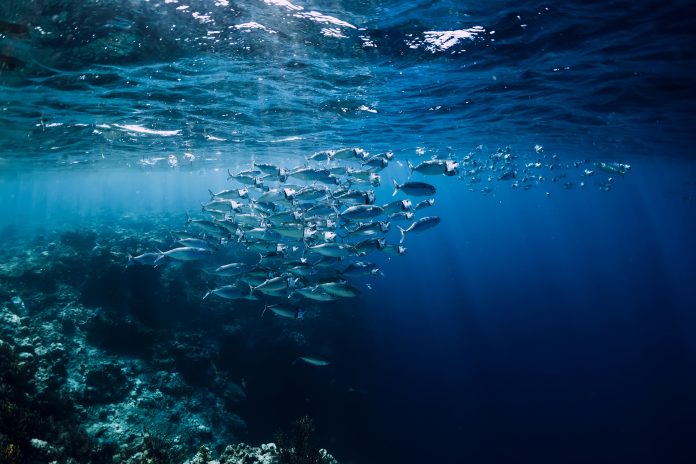The study, published in the Journal of Applied Ecology, used underwater video cameras to observe that Marine Protected Areas increased fish populations by almost 400%
According to a team at the University of Plymouth, a Marine Protected Area (MPA) has proven itself to be capable of repopulating an overfished stock.
“Significant benefits to fisheries and conservation”
The Lyme Bay MPA, established in 2008, is an area off the south coast of England. For 11 years, it has been conserved, observed and studied to understand how this work could be replicated in other regions. The MPA was the UK’s first example of a whole-site approach to marine conservation, which looked at protecting a whole ecosystem as opposed to a singular species of fish.
Bede Davies, who is currently completing his PhD at the University of Plymouth, is the study’s lead author. He commented: “This research is the culmination of years of hard work and collaboration between researchers from the University and the fishers of Lyme Bay. It shows how the compromise between conservation and fisheries management can affect whole ecosystems, local habitats and those who rely on them.
“It also highlights the need for long term monitoring of MPAs and that, when managed appropriately, they can provide significant benefits to fisheries and conservation.”
430% times more fish stocks inside the MPA
The Plymouth team found that fish stocks inside the MPA were four times more than in the waters outside of the protected area, at 430%.
Dr Emma Sheehan, Associate Professor of Marine Ecology (Research), has led the University’s work in Lyme Bay and is the current study’s senior author.
She further said: “Globally, the implementation of MPAs has increased rapidly over the last 25 years. They are a key element of international plans to protect and preserve the ocean however, as things stand, only 7.9% of the world’s ocean is covered by such protection. Our ongoing work in Lyme Bay has shown the positive effects of addressing that, and in the face of the global climate and biodiversity crises the need to do so has never been more pressing.”











